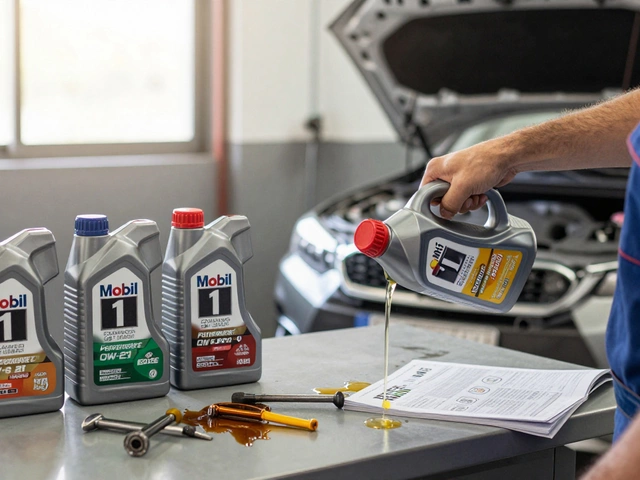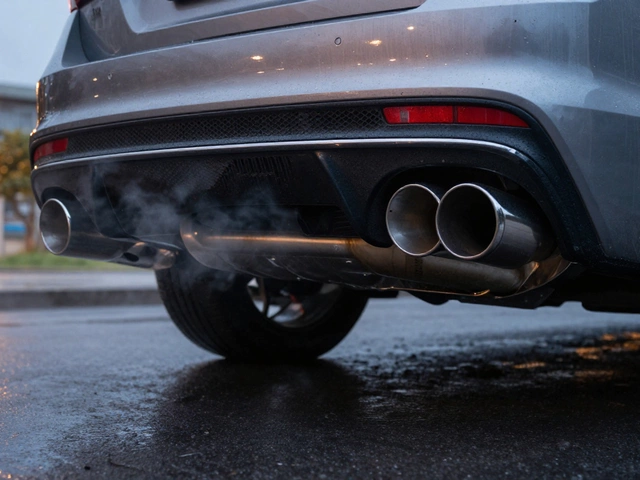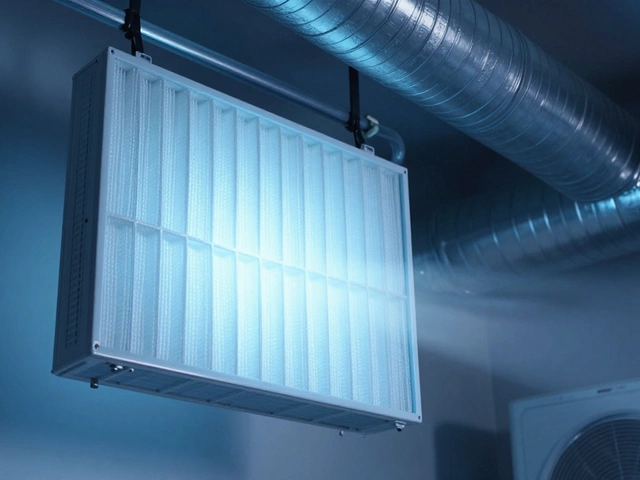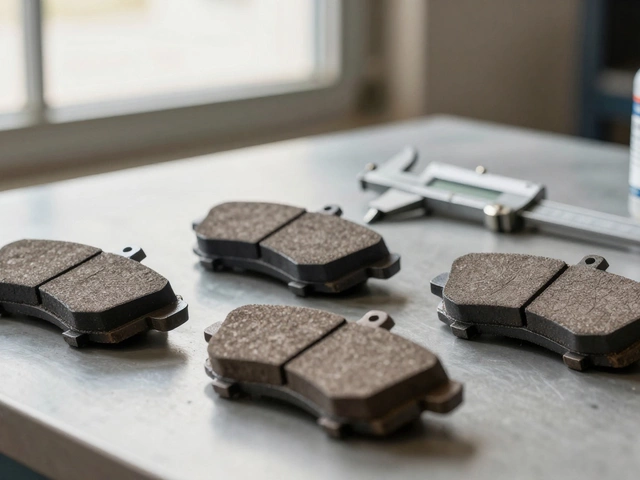Suspension Types: What You Need to Know About Car Suspension Systems
When you drive over a bump, it’s not the tires that absorb the shock—it’s the suspension system, the network of parts that connects your wheels to the car’s frame and controls how the vehicle handles road imperfections. Also known as vehicle suspension, it’s what keeps your tires on the road and your passengers from bouncing like popcorn. Without it, every pothole would feel like a jolt straight to your spine. And not all suspension systems are the same. The most common one you’ll find on everyday cars is the MacPherson strut, a compact design that combines a shock absorber and a coil spring into one unit, saving space and reducing cost. It’s used in over 80% of passenger vehicles because it’s simple, reliable, and works well for normal driving.
But there are other types too. The double wishbone, a more complex setup with two A-shaped arms that give better control over wheel movement, is common in performance cars and luxury sedans. It lets engineers fine-tune how the tire leans in corners, giving you more grip and stability. Then there’s the torsion bar, a twisted metal rod that acts like a spring, often found in older trucks and SUVs. And don’t forget the coil spring, a helical metal spring that compresses and rebounds to absorb shocks—it’s not a full system by itself, but it’s a core part of nearly every suspension setup. These springs work with shock absorbers, devices that turn bouncing motion into heat, stopping the car from oscillating endlessly after hitting a bump. Together, they control how your car rides and handles.
Most problems you’ll run into aren’t about the type of suspension—it’s about wear. Shock absorbers leak fluid. Coil springs sag over time. Bushings crack. Struts get noisy. And if you drive on rough roads or carry heavy loads often, these parts wear out faster. You might not notice at first, but your car will start to feel floaty, bounce too much, or lean too far in turns. That’s not just uncomfortable—it’s unsafe. The posts below cover exactly what goes wrong, how to spot it, and what parts you actually need to replace. Whether you’re trying to soften your ride, fix a clunking noise, or understand why your car handles differently than your friend’s, you’ll find real, practical answers here. No theory. No fluff. Just what works.
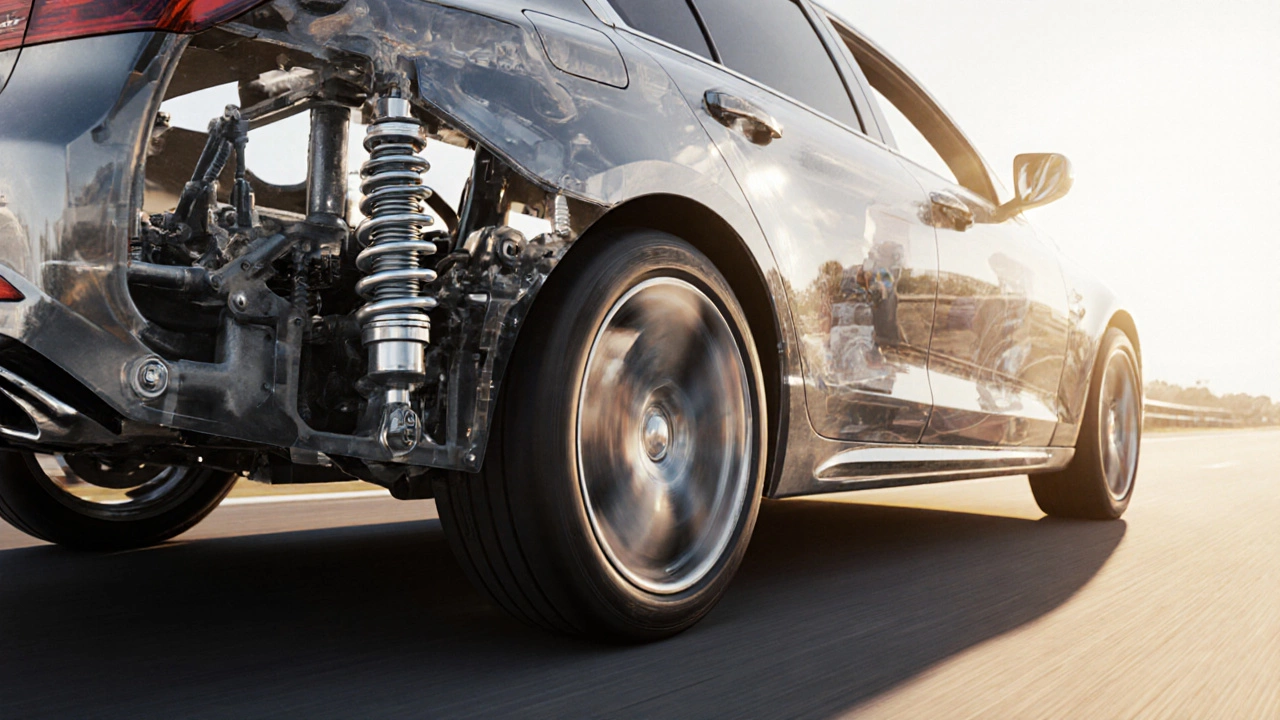
What are the 4 Types of Suspension? Explained with Real‑World Examples
Learn the four main suspension types-independent, dependent, semi‑independent and air-plus their pros, cons, common applications, and maintenance tips.
CONTINUE READING
